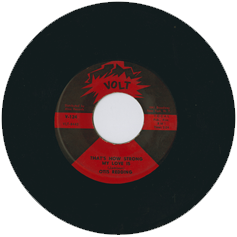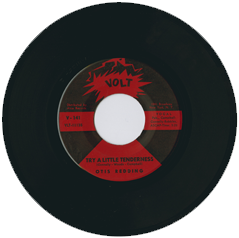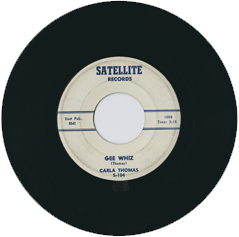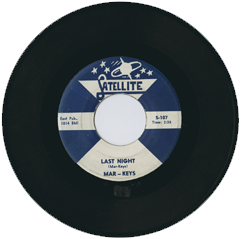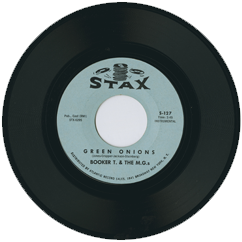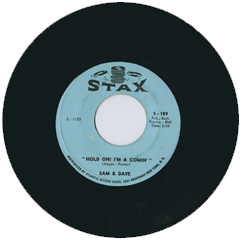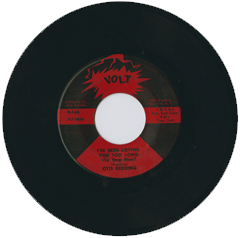
The Start of Something Big
Satellite Records Founded
Inspired by Sam Phillips, a Memphis radio technician who had started producing a few years earlier (and made a huge sum of money on Elvis Presley), Jim Stewart founded Satellite Records. A banker by day and country fiddle player by night, Stewart knew that he could never make it as professional musician. However, he felt he could be the next best thing - a producer - despite having no experience or knowledge of the recording industry. Satellite cut its first record in October 1957, “Blue Roses”, a country song with low production quality.
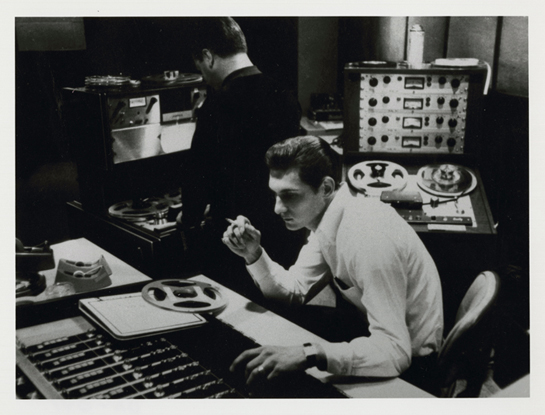
Estelle Axton purchases a tape recorder for the studio
In order to get a better sound, Stewart needed better equipment, and, in order to get better equipment, he needed money. He approached his older sister, a music-loving bank clerk named Estelle Axton, for help and she mortgaged her house to buy an Ampex 350 console recorder for the studio.
Satellite becomes Stax
In 1960, Estelle refinanced her house again to fund the studio’s move west from Brunswick, Tenn. to a former movie theatre on McLemore Ave. in Memphis. The company was renamed Stax, a combination of the first two letters of Stewart and Axton’s last names.
Stax moves to McLemore Avenue
Like everything Stax, the theatre’s conversion into a recording studio was a do-it-yourself project. The cavernous room was partitioned and a control room was created where the screen had been. The floor’s slant helped deaden the sound, a way of trying to control the room’s acoustics on the cheap that would ultimately become a signature part of the Stax sound.
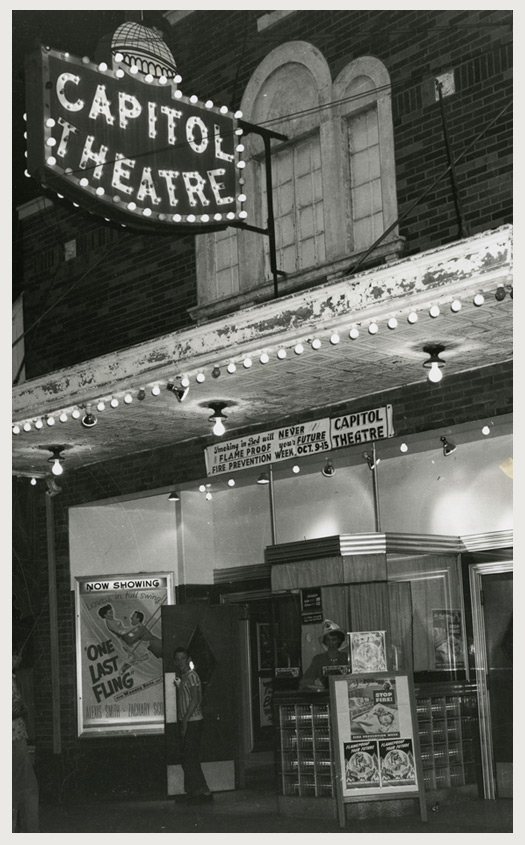
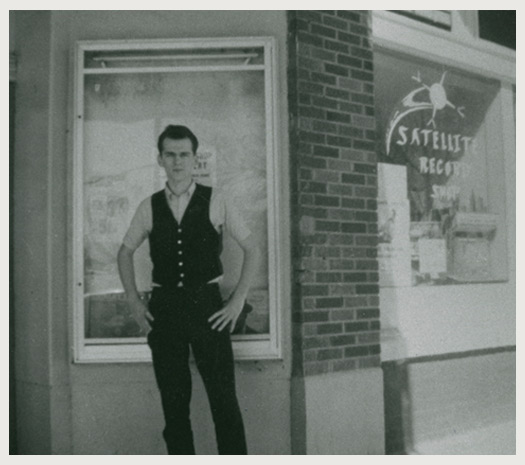
Estelle Axton Opens the Satellite Record Shop
In need of immediate cash flow, Axton turned the theater’s concession stand into the Satellite Record Shop. The shop paid the rent, but it also helped her develop an ear for which records would sell and why.
Her welcoming nature made the shop a natural hang out. Neighborhood residents would come in, chat with Axton, play records and eventually find their way into the studio. Some groups, like Steve Cropper’s band The Royal Spades, got their foot in the door by knowing Stewart and Axton, while others just walked in, hoping to record.

The First Hit Record
The new studio’s first single, a duet between Rufus and Carla Thomas called “Cause I Love You”, became a local hit through radio airplay and the 40,000 copies it sold regionally drew the attention of Atlantic Records’ Jerry Wexler.
Atlantic Distribution Deal Signed
Wexler offered Stax a deal - a contract for a master-lease agreement on all Rufus and Carla discs and handshake deal for first refusal rights on the distribution of all Stax releases. With the deal, Atlantic took over Stax’s distribution, making it easier to for the label to get their records into stores.
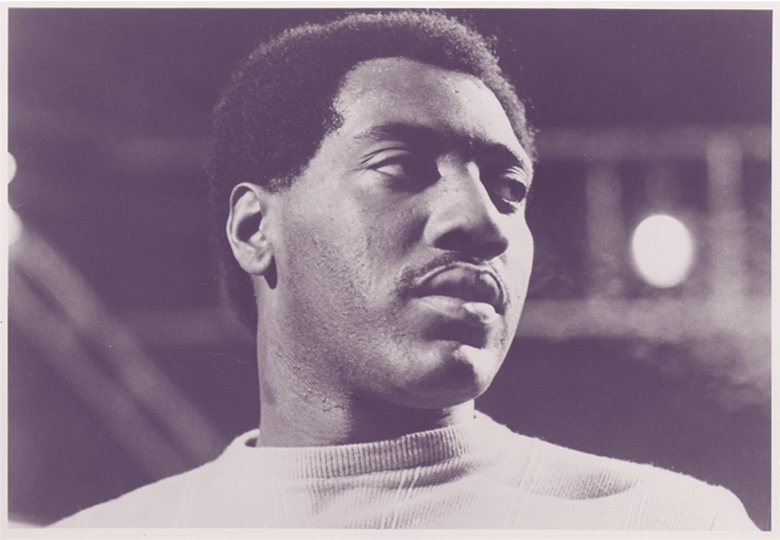 August 1962
August 1962
Otis Redding Arrives at Stax
In 1962, Redding arrived at Stax as a chauffeur for Johnny Jenkins and the Pinetoppers from Macon Georgia, who had come to Stax to record an instrumental on the heels of the success of “Green Onions”. When he was allowed to sing after Jenkins’ session had gone badly, the room stood still. Redding - and Jim Stewart - had no idea how quickly he would become the label’s biggest star.
Cranking out hits
Stax had plenty of records to distribute in the early 1960s. The new studio had cut records by Carla Thomas, the Mar-Keys, Booker T. and The MGs, Rufus Thomas, William Bell and Otis Redding. The label also released songs by Sam and Dave, who were “on loan” to the studio as part of the deal with Atlantic Records.
Martin Luther King, Jr. Gives "I Have A Dream" Speech
While Stax was busy recording, the country had started changing. In 1963, Dr. Martin Luther King, Jr. spoke of his dream for racial equality from the steps of the Lincoln Memorial in Washington, D.C. Though racial tension was brewing in Memphis and around the country, the studio had always been integrated, a group of like-minded people creating music and growing a business through community, collaboration and skill, regardless of skin color.
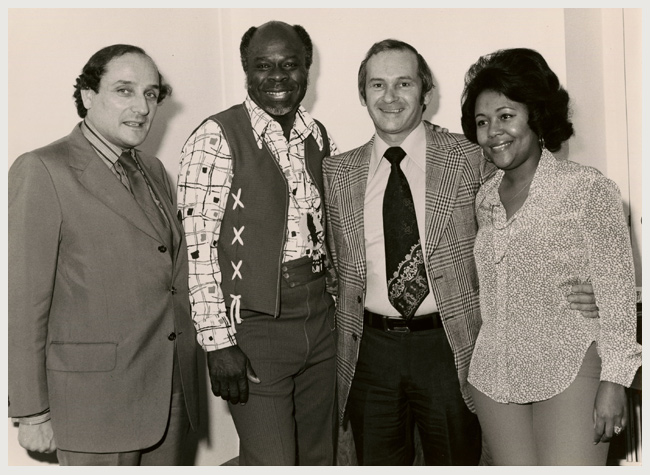
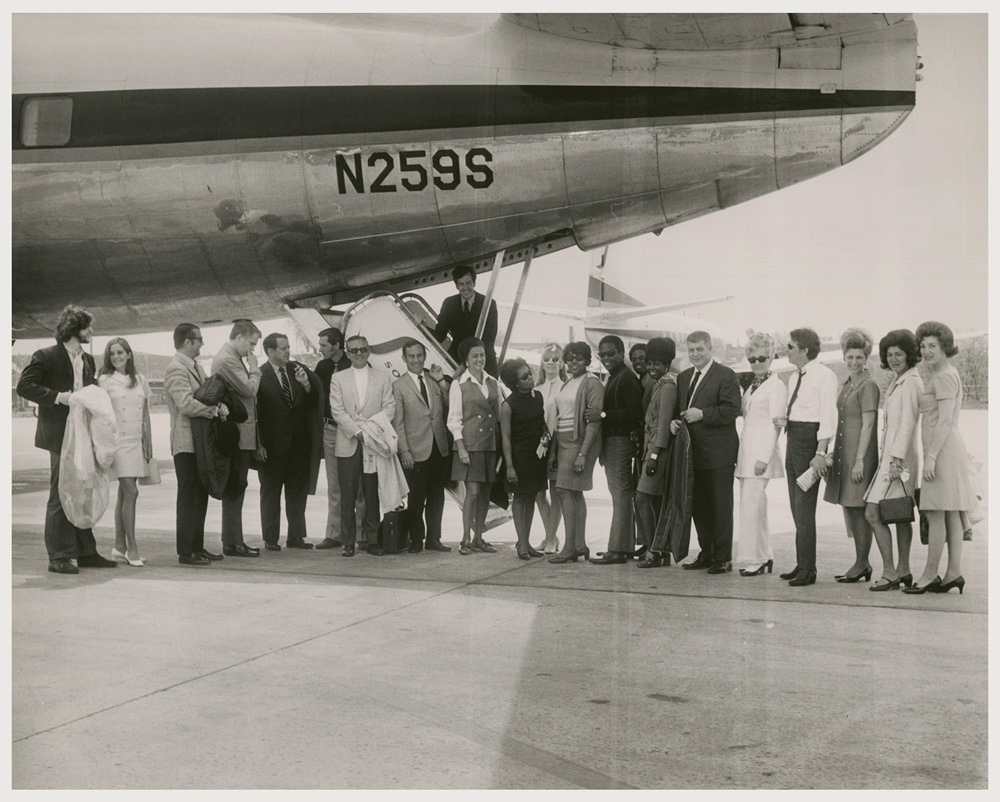
Stax Heads West
The studio’s releases were doing well, but Axton, who had been managing Stax’s promotions from the record store counter, wanted more listeners. She organized the label’s first promotional trip, sending some of the label’s brightest stars - Carla Thomas, the Astors, Booker T. and the MGs, Rufus Thomas, William Bell, Wilson Pickett, the Mad-Lads and the Mar-Keys - to Los Angeles for two weeks of radio and TV appearances.
Watts Rebellion Begins
The California trip also included a concert, a two-night affair at the 4-5 Ballroom in Watts, hosted by DJ Magnificent Montague in front of a packed house that greeted the bands chanting his signature catchphrase, “burn, baby burn”. The bands were well received, but none of the Stax crew knew about the racial tension brewing Watts, or the meaning “burn, baby burn” would take the next day when the Watts Rebellion began. Some of Stax’s artists were stuck in L.A., and others saw the smoke from the fires set during riots from their plane back to Memphis.
The Hits Keep Coming
With Stewart behind the boards in the control room and Axton managing the store, Stax needed someone to promote the studio’s output to the masses full time. Al Bell, a stylish former DJ with a gift for sales, was hired as Stax’s promotions man. The success of Stax’s early hits and California tour also gave Jim Stewart the financial security he needed to finally quit his day job at the bank.
Europe welcomes Stax with open arms
Though Stax’s songs had become popular in Europe, many of the artists who recorded them had never been outside of Memphis, Tenn. In 1967, Al Bell, Otis Redding, Eddie Floyd, Carla Thomas, the MGs and the Mar-Keys took off on Stax’s first European Tour.
European fans went crazy for Stax in the same way that American teenagers had when the Beatles first came to America. In Europe, skin color didn’t matter - audiences saw the music as authentic and the people who made it as stars.
Otis Redding plays the Monterey Pop Festival
The label’s success in Europe translated to the U.S., landing Otis Redding an invitation to perform at the Monterey Pop Festival in the middle of the Summer of Love. The festival, which featured primarily psychedelic and rock music, is remembered for the legendary performances of two of its acts: Jimi Hendrix and Otis Redding. Backed by the Mar-Keys, Redding delivered an incredible, energetic set that was adored by the thousands of flower children in attendance.
Otis Redding is killed in a plane crash
Redding was back in the studio in in late November of 1967 to record “Dock of the Bay” before setting off on a quick three-night tour of Nashville, Cleveland, Ohio and Madison, Wis. with the Bar-Keys.
Just moments after being cleared for landing in Madison, the band’s private plane - hindered by a low battery that affected the instrument panel - careened out of the sky and into a frigid lake, killing Otis Redding, guitarist Jimmy King, drummer Carl Cunningham, saxophonist Phalon Jones, organist Ronnie Caldwell, valet Matthew Kelly and pilot Richard Fraser. Trumpeter Ben Cauley was the only survivor.
Martin Luther King, Jr. is assassinated in Memphis
Memphis’ racial tension came to a head when Dr. Martin Luther King, Jr. was assassinated at the Lorraine Motel in Memphis after speaking to the city’s striking sanitation workers (the Lorraine had been a regular gathering place for Stax employees, both black and white).
When citizens rioted in the streets after King’s murder, Stax’s building was left untouched, but the studio’s atmosphere as a creative respite with no regards for race was forever altered.
Stax's deal with Atlantic Records crumbles
Atlantic Records (Stax’s distributor) was sold to Warner Bros. in 1967. Jim Stewart made several attempts to negotiate a new distribution deal after the sale, first to join Atlantic in its buyout and then directly with Warner Bros.
When neither offer was to Stewart’s liking, Stax asked Warner for their master tapes back. Warner refused, citing a clause in Stax’s original contract that gave Atlantic “all right, title and interest, including any rights of reproduction, in all Stax's Atlantic-distributed recordings between 1960 and 1967. Warner also took control of Sam and Dave, who had been “on loan” to Stax as part of their original deal with Atlantic.
